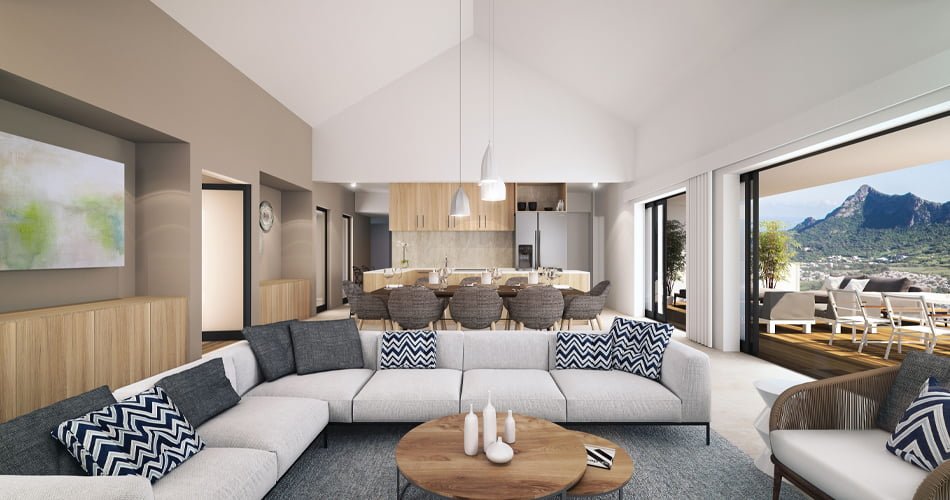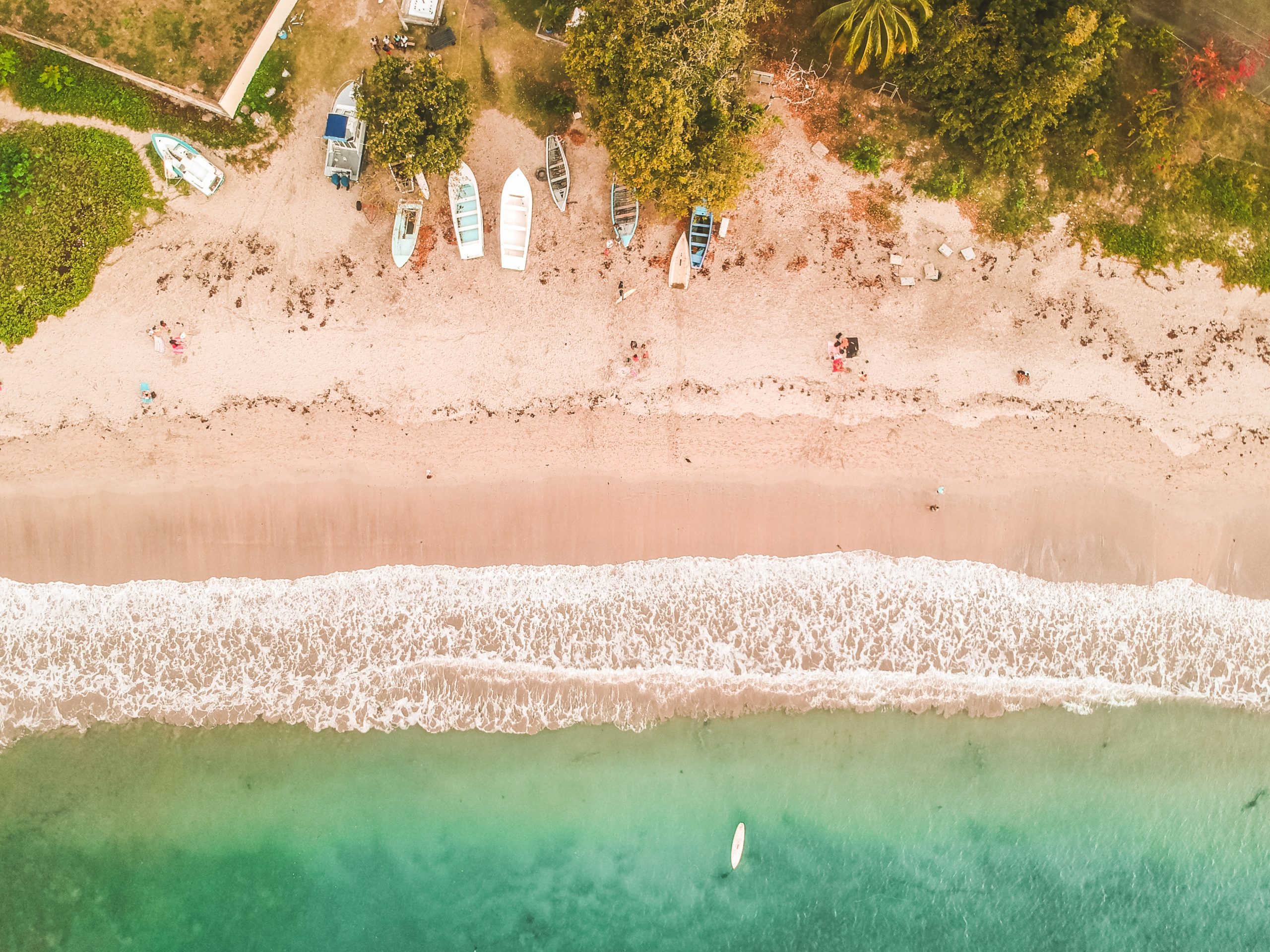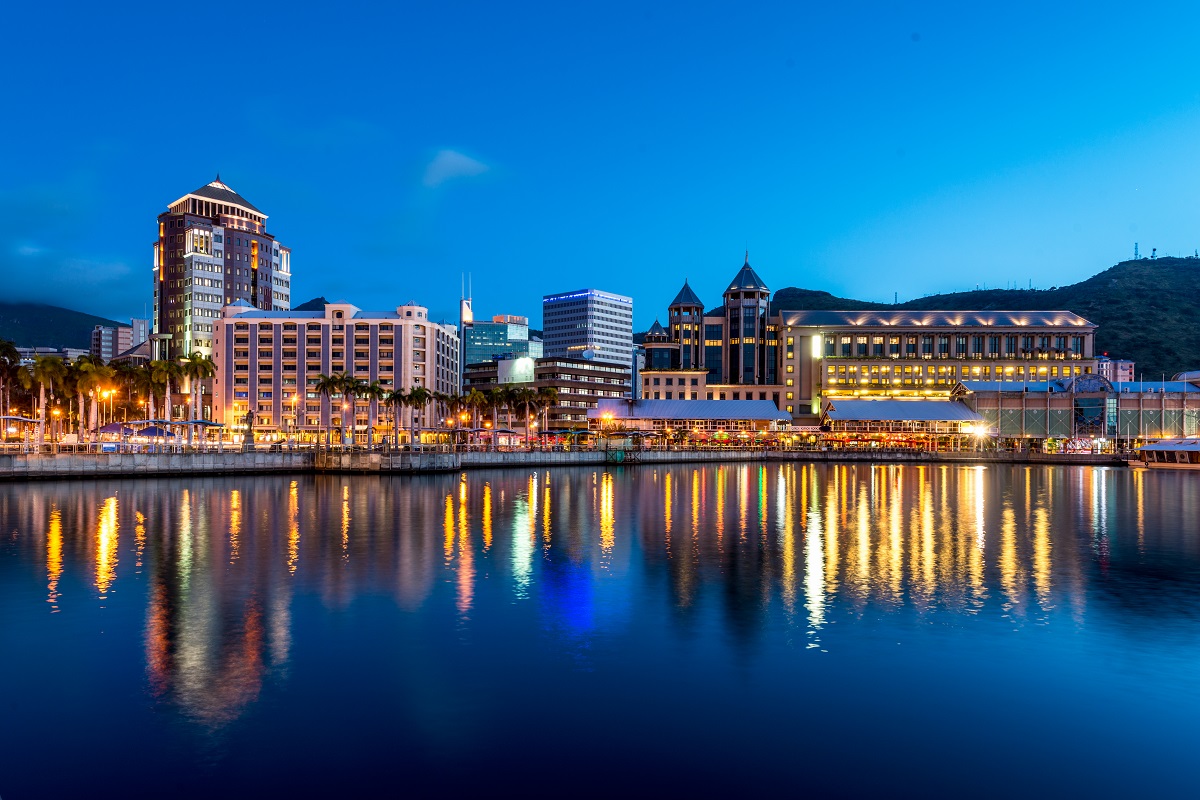Le trail est un moyen sain de parcourir l’île Maurice pour admirer ses magnifiques paysages. Alors pourquoi ne pas profiter de la chance unique qu’offrent des événements tels que le Moka Trail, avec des parcours adaptés à tous les niveaux de forme physique.

Un rendez-vous majeur du calendrier de trail mauricien
Traileurs chevronnés, aventuriers en herbe ou simples amoureux de la nature et du plein air, la sixième édition du Moka Trail vous permettra de découvrir le panorama spectaculaire du cœur de l’île. Cette fabuleuse aventure sportive et humaine en pleine nature, qui sillonnera les alentours de la Smart City de Moka le samedi 13 octobre prochain, est devenue un rendez-vous majeur du calendrier de trail mauricien.
Trois parcours différents
Composante incontournable de l’offre sportive et de loisirs de la ville, le Moka Trail comporte trois parcours différents, dont un Fun Jog (6 km), Le Petit Both (15 km) et Le Grand Pouce (30 km). Très populaire, le Fun Jog est à la portée de tous. C’est une invitation à découvrir, chacun à son rythme, un paysage verdoyant. Le Petit Both et le Grand Pouce (30km) sont des parcours plus techniques qui s’adressent davantage aux coureurs expérimentés âgés d’au moins 14 et 18 ans respectivement.
Le Petit Both et le Grand Pouce (30km) sont des parcours plus techniques qui s’adressent davantage aux coureurs expérimentés âgés d’au moins 14 et 18 ans respectivement.
 Cet événement conçu pour toute la famille dispose aussi d’un espace dédié qui permettra aux plus petits de jouer et de s’amuser sous la supervision d’un personnel qualifié pendant que les grands profitent de leur course.
Cet événement conçu pour toute la famille dispose aussi d’un espace dédié qui permettra aux plus petits de jouer et de s’amuser sous la supervision d’un personnel qualifié pendant que les grands profitent de leur course.
Une équipe organisatrice bien rodée
Le Moka Trail est orchestré par une équipe organisatrice bien rodée, avec la contribution de ROAG, la principale société de gestion et de marketing d’événements sportifs en Afrique du Sud. Seul trail disputé dans le centre du pays, il offre une richesse de paysages naturels et de parcours techniques au cœur d’une région chargée d’histoire.






